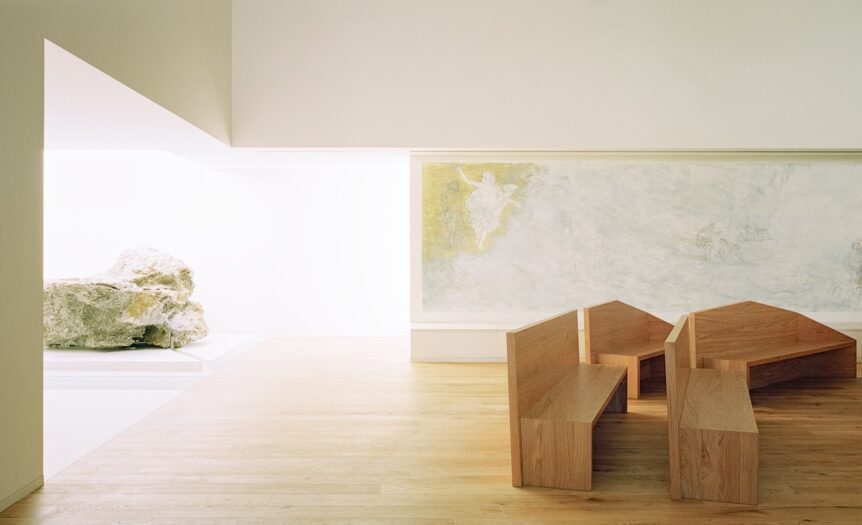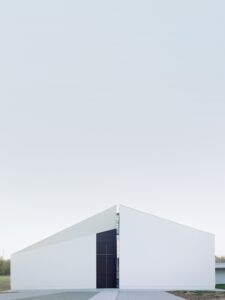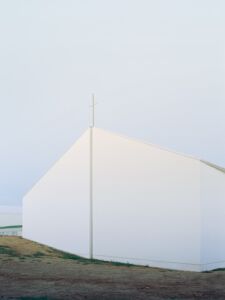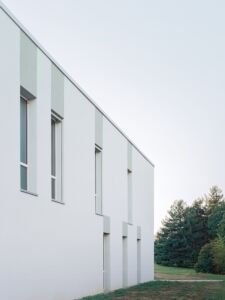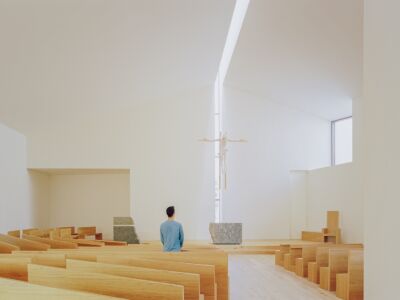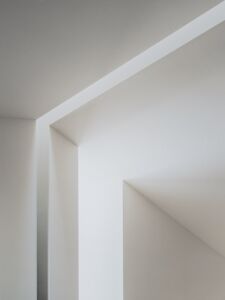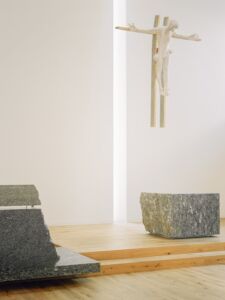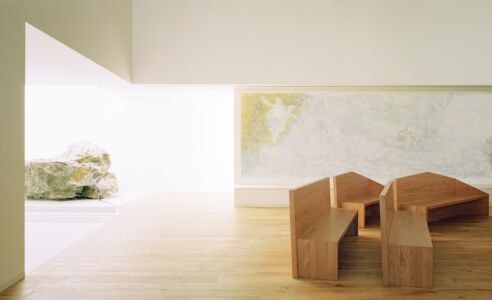At the centre, the topics of inclusione and integration
BOLOGNA. Siracusa, Napoli, Viareggio, Carpi and Ivrea in Italy; London, Vigo, Lisbon, Leipzig and Dortmund abroad. These are just some of the places ideally touched by the international conference “The Churches and the City”, which took place, with the media partnership of this newspaper, on 7th and 8th March in the prestigious setting of Palazzo Magnani, under the Carraccis’ frescoes.
Two topics for two days of conference
The first one was already stated in the title of the report by Professor Albert Gerhards of Bonn University: “Form, role and project of the parish centres for today and tomorrow”. The delicate problem of the relationship with the social physiognomy of contemporary cities arises, topic of the intervention of Professor Luca Diotallevi, author of the recent work La messa è sbiadita. La partecipazione ai riti religiosi in Italia dal 1993 al 2019. (The mass is faded. The participation in religious rites in Italy from 1993 to 2019 ) (Rubettino, 2024). The second day of the conference, instead, wanted to detect common threads in the European experiences of the years of post-war reconstruction, with testimonies from Spain (Esteban Fernández Cobián of the University of La Coruña), from Portugal (João Alves da Cunha of the Centro De Estudos de Historía Religiosa) , and also from Anglican England, where Lorenzo Grieco’s report (University of Rome Tor Vergata) demonstrated the absorption of the participatory request of the Liturgical Movement across the Channel in the architecture of churches . The extensive debate allowed us to point out the main thematic issues on which the contemporary difficulties in the church project are measured.
Ecclesiastical architecture: inclusion, integration
First of all, the model of religious presence in the contemporary city: particulate and dispersed, or punctual and aggregate? On the one hand, the new models of pastoral care, the lack of priests and the increase in volunteers and committed lay people reward particulate grafts in the contemporary city, multi-purpose places for the community that are created in small outdoor spaces, as tiny meeting places during the day, and hospitality places for the most vulnerable, at night. On the other hand, instead, the religious as a residual element in the post-secular city becomes a “Multi-faith” mall, a “house of religions” on the example of Bern, a large monolithic and autonomous building meant for those who still profess a faith, so they all enter through a single door, and then separate in the church, mosque or Hindu temple, but can get together in the “neutral spaces”, organized to welcome all, around a Halal and Kosher restaurant capable of preparing equally tasty vegetarian or vegan dishes.
If religious buildings can be used as a paradigm of the state of the times, the parish centre, which several speakers define as never fully and effectively developed even in Italy, despite the transversally recognized importance of its function, above all today, would have a key role in complex social contexts in which the grafting of dynamics of belonging, inclusion, integration and social cohesion is hoped for. The cities, in short, invoke intergenerational, peace places, spaces for building the disjointed human communities that populate them. It is therefore necessary to verify whether the parish centres can be such places, and whether their function and, consequently, their spatial articulation can be led back to this purpose.
If we wonder about the role, form and position of places of worship in the city, the multitude of abandoned churches in internal areas or in contexts of progressive depopulation testifies to an intrinsic weakness of the patrons, who show a reduced ability to manage the heritage passed down from history in a social or charismatic function. There is no shortage of guidance documents (the 2018 Holy See guidelines), but rather of tools, virtuous cases and practices.
Contemporary churches, future churches
Likewise, in the new buildings, the deciphering of the connections between sacred architecture and art, between architectural design and urban planning role, between compositional values and liturgical space is confirmed as not marginal: themes about which the clerical patrons seem to have lost their monolithic nature and the secular ones do not seem, yet, to be sufficiently formed, despite the commitment and initiatives of the National Office for Ecclesiastical Cultural Heritage and Church Buildings of the CEI, which aim at involving parish communities in participatory processes which in fact, where they take place, have a significant impact on architecture as much as on strengthening the idea of belonging, as observed by Don Luca Franceschini, director of the Office.
Effective in this sense was the guided tour offered to the congress participants to the church of San Disma, the latest building of worship built in the diocese of Bologna by a young team of designers (Inout architecture, Lado architects and Lamber+Lamber) and inaugurated in summer 2019 after a ten-year planning process shared with the parishioners. A church in the form of a house, under a large gabled roof split by a blade of light, which however loses the color and mass of the surrounding houses, marrying, like many contemporary buildings of worship, the purity and splendour of white . Is it an eschatological tension, as in Rudolf Schwarz’s architecture, or a nod to contemporary iconicity?
More than drawing conclusions, the event in Bologna opened, resumed and ordered questions, partly already present in the literature (of which we must here remember at least the international liturgical conferences of the monastic community of Bose, the international conferences of Venice, “Art and liturgy in the twentieth century. European Experiences in Comparison” and, with them, Monsignor Giancarlo Santi, their tireless promoter, recently deceased), and partly waiting for new acquisitions to which only choral and interdisciplinary research can aspire.
Immagine copertina © Simone Bossi


